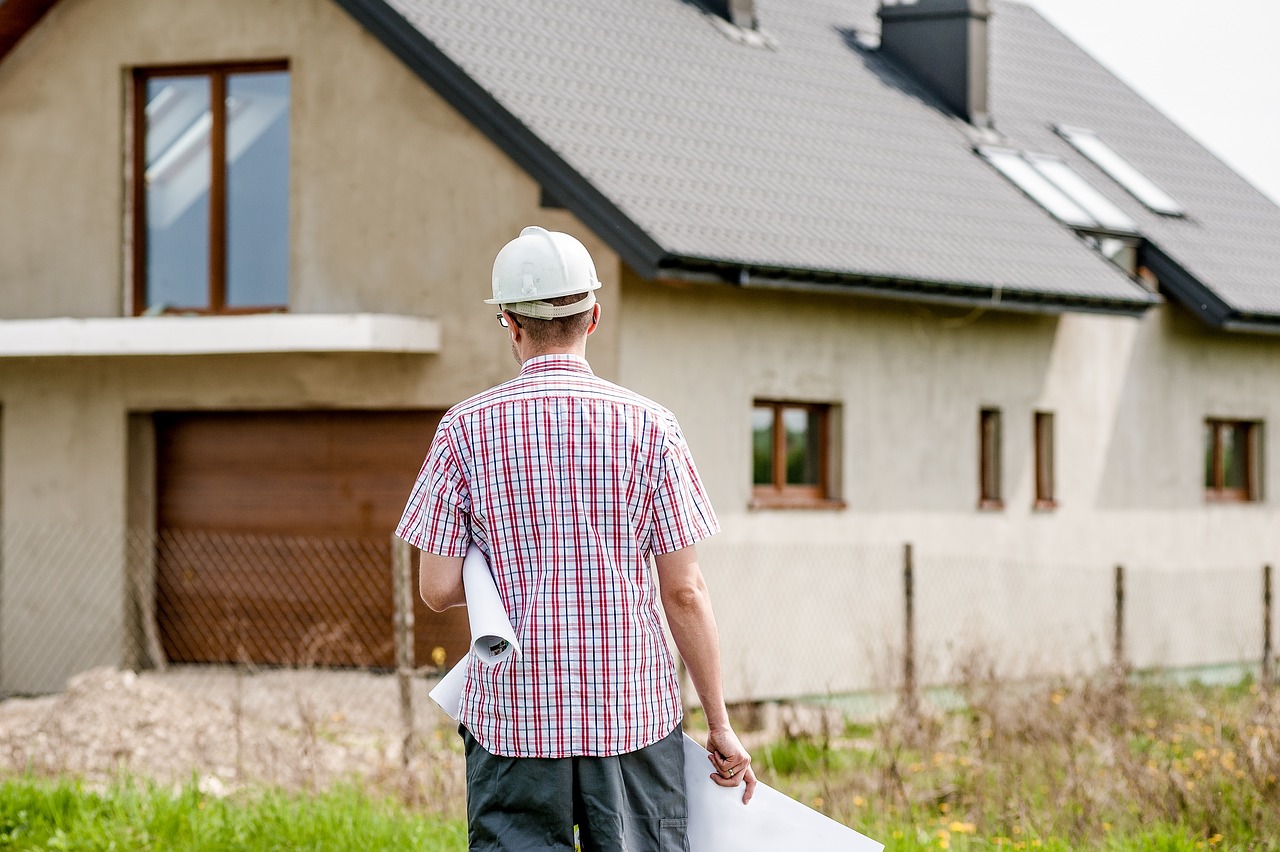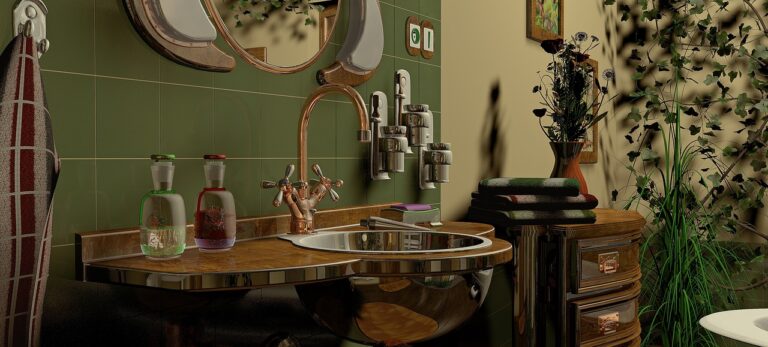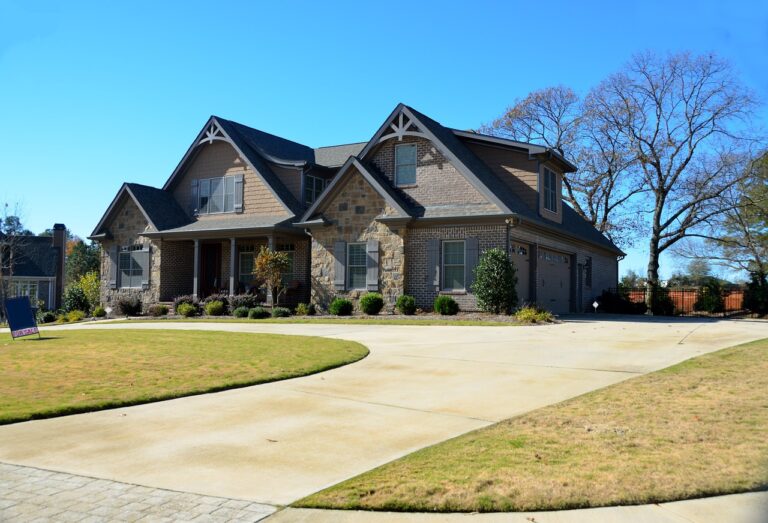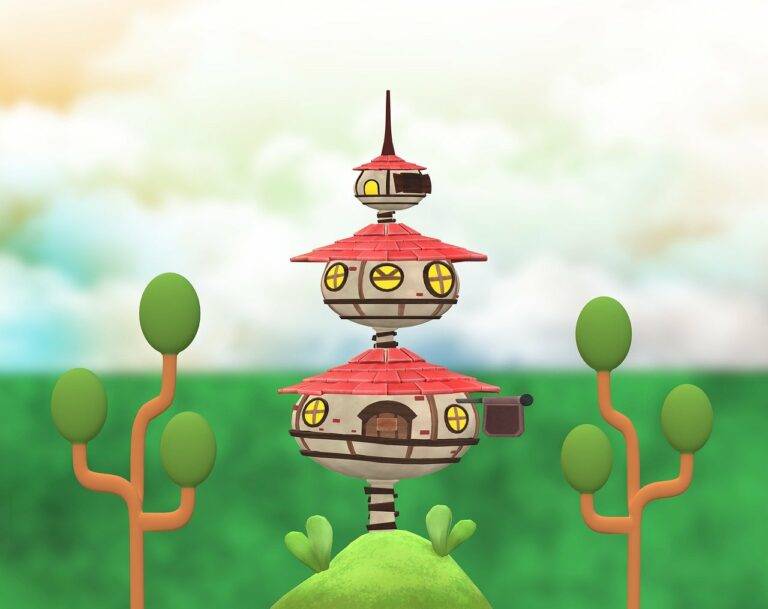DIY Raised Planter Box Ideas for Your Garden: Growing Vegetables and Flowers with Ease
Raised planter boxes offer numerous advantages for gardeners of all levels. Firstly, their elevated design provides better accessibility, making it easier for individuals with mobility issues to tend to their plants without having to bend or kneel. This can significantly reduce strain on the back and knees, making gardening a more enjoyable experience for many. Additionally, the raised height of the planter boxes can deter pests and critters from accessing the plants, helping to protect your garden from unwanted nibbling and trampling.
Moreover, the improved drainage and aeration of the soil in raised planter boxes promote healthier root development and prevent waterlogging, ultimately leading to thriving and vibrant plant growth. The controlled environment of raised planter boxes also allows for better soil quality and nutrient retention, ensuring that your plants receive the necessary nourishment for optimal growth and productivity. With these benefits in mind, it’s clear that raised planter boxes are a valuable addition to any garden space, offering convenience, protection, and improved plant health.
Choosing the Right Materials for Your Raised Planter Box
When selecting materials for your raised planter box, it is important to consider factors such as durability, cost, and aesthetics. Cedar and redwood are popular choices due to their natural resistance to decay and insects. These woods are both sturdy and visually appealing, making them ideal for outdoor use.
Alternatively, you can opt for pressure-treated lumber which is more budget-friendly but still offers good durability. Another option is composite materials, which are a mix of wood fibers and recycled plastic. These materials are low-maintenance and eco-friendly, providing a long-lasting solution for your raised planter box project.
How to Build a Raised Planter Box Step by Step
When constructing a raised planter box, begin by selecting the appropriate location in your garden or outdoor space. Choose a spot that receives adequate sunlight for the plants you intend to grow. Next, gather the necessary materials such as wooden boards, screws, a saw, and a measuring tape. Ensure the wood is suitable for outdoor use and has been treated to resist rotting.
Start by cutting the wooden boards to the desired lengths for the planter box sides and base. Then, assemble the box by screwing the boards together at the corners. Make sure the corners are square to ensure a sturdy structure. Once the box is assembled, position it in the chosen location and fill it with quality soil. Finally, plant your desired flowers, herbs, or vegetables and watch your raised planter box flourish.
What are the benefits of using raised planter boxes?
Raised planter boxes provide better drainage, prevent soil compaction, reduce bending and kneeling for gardening tasks, and can offer better pest control compared to traditional ground-level gardening.
What materials should I choose for building a raised planter box?
Cedar, redwood, or composite materials are ideal for raised planter boxes as they are resistant to rot and insects. Make sure to choose materials that are safe for growing plants, such as untreated wood.
How do I build a raised planter box step by step?
The steps for building a raised planter box include: measuring and cutting the wood, assembling the frame, adding a bottom if desired, filling the box with soil, and planting your desired plants. Detailed instructions can be found in the article above.
How deep should a raised planter box be?
Raised planter boxes should typically be at least 6-12 inches deep to accommodate the roots of most plants. However, the depth can vary depending on the types of plants you are planning to grow.
Can I customize the size and shape of my raised planter box?
Yes, you can customize the size and shape of your raised planter box to fit your gardening needs and available space. Just make sure to adjust the materials and measurements accordingly.







